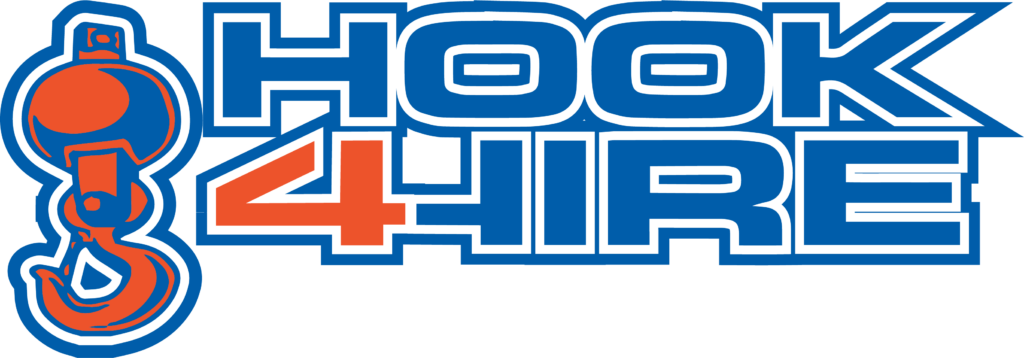On many construction sites, rigging is a routine activity, but if not done properly, it can be risky. Fortunately, the fundamental guidelines on rigging equipment rental listed below are meant to assist you in minimizing risks when working on your next rigging project.
Identify The Load’s Weight
Establishing the weight of the load to be rigged and hoisted is the first stage in the safe rigging technique.
Knowing the load’s weight is crucial to evaluate it against the rated capacities of the lifting and rigging equipment you employ.
In some circumstances, it might be clear that the load doesn’t exceed the capabilities of the machinery.
In some cases, it might be debatable whether the load can be raised safely. It would help if you calculated the load’s weight in these circumstances so that you may compare it to the rated capacities of the lifting or rigging equipment.
Weight information for products is frequently provided or available from the supplier or manufacturer. You might need to perform a few simple calculations to ascertain the weight of some products.
Determine the Correct Hitch Using the Type of Load
The three fundamental hitches are vertical, choker, and basket hitch. A crucial component of safe rigging is choosing the appropriate hitch to sustain the load.
For instance, a stack of unsecured pipes may not be entirely supported by a single choker hitch.
The possibility of pipes falling from the top of the stack exists because the sling would begin to tighten around the sides and bottom of the stack but stay loose on top.
A 2-sling double wrap basket hitch or a 2-sling double wrap choker hitch would be safer because they would snugly secure all the pipe for lifting.
Choose the Correct Sling for the Load Type
The best sling type for your load depends on a few different aspects. Will the sling maintain the load’s stability and security?
Does the sling work with the rigging equipment and hitch you’ve chosen? Does the sling’s rated capacity match the weight of the load? There are various sling types, each with advantages and disadvantages and rated capabilities that vary.
Synthetic web slings, synthetic round slings, wire rope slings, and steel chain slings are a few of the most popular types. Another essential component of rigging equipment in Owensboro safety is knowing which sling is ideal for the type of load you are carrying.
Select The Appropriate Hardware For The Load
Choosing the proper hitches and slings for each rigging application is just as crucial as choosing the appropriate hardware.
Although there are many different kinds of hardware, choosing hooks, shackles, and eyebolts is the same for all of them. This is so because in-line loading is used to rate these.
However, remember that when angles are present, the rated capacity alters. Consider the following factors when choosing hardware for a certain rigging application:
- Could the lifting of this equipment cause damage to the hardware?
- Is this equipment sling-compatible?
- Is this hardware made to be sturdy enough to lift the load safely and carry out the task at hand?
Pay Attention To The Details
To ensure that a lift may be accomplished safely, numerous measures must be taken with extra care both before and during the lift.
To prevent the cargo from swinging out of control during the hoist, attach tag lines to it. Use as many trained tagline operators and taglines as necessary to handle the load securely.
Scan the path of a moving load for obstacles. Consider where the weight needs to be lifted concerning where it needs to be delivered before searching for any obstacles that might prevent the load from moving.
Remove any employees who aren’t involved with the lift from the area. Create a signal to inform nearby employees when the lift is about to happen.
Start a dialogue with your operator. Make sure that the rigger and the operator have a way of communicating.
Have your operator increase the load gradually, a few inches at a time, once you have secured the area and finished the appropriate rigging.
Conclusion
Understanding the various rules and regulations related to ensuring safety for a rigging equipment rental in Owensboro is important. The rules are designed to protect workers and prevent accidents and injuries.
It is vital to ensure that all workers involved in rigging activities are aware of and follow the relevant rules and regulations. This includes the use of proper lifting techniques, the selection of the right equipment, and the proper testing and inspection of all equipment. Following these rules can help to ensure that all have a safe rigging experience.
With Hook 4 Hire, your industrial maintenance, steel erection, road building, and HVAC work is a simple fix. Our high-performance cranes are built to conveniently travel great distances and guarantee project completion within the allotted period. Our crane team is committed to supporting you with any questions. Contact us for a rigging equipment rental in Owensboro.
